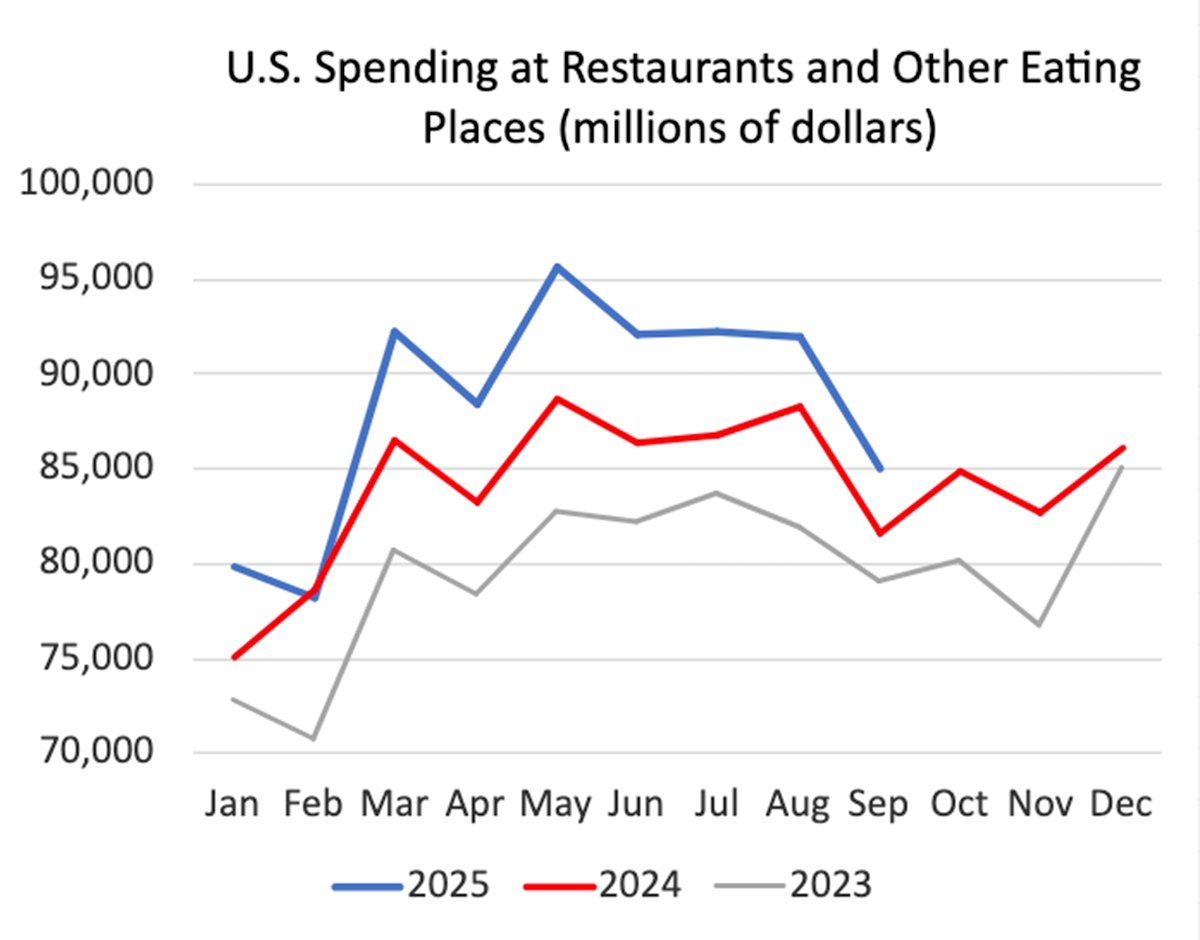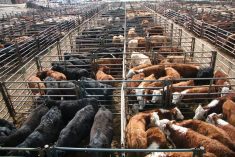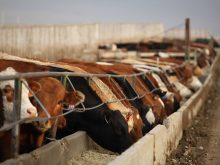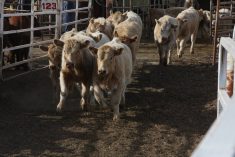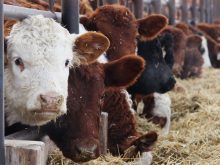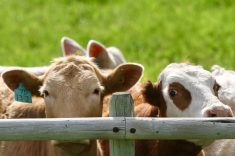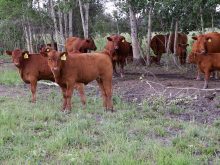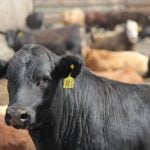For the week ending Oct. 11, western Canadian yearling markets traded $8 per hundredweight higher to $5 per cwt. lower compared to seven days earlier.
Calf prices experienced a week-over-week decline of $3-$8 per cwt. on average.
Feather-light calves lighter than 450 pounds were steady to $10 higher on average.
Read Also
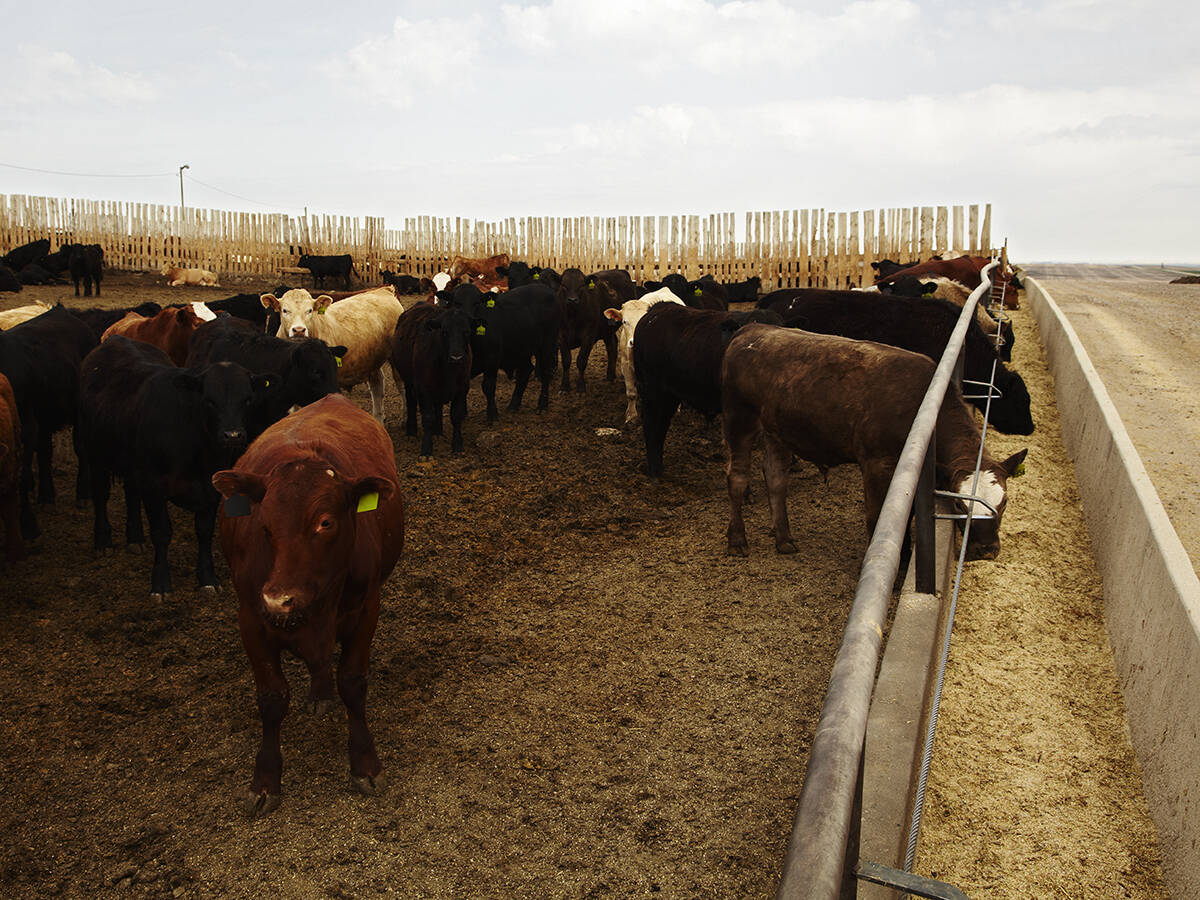
Canfax cattle market report – October 23, 2025
The Canfax cattle market report for October 23, 2025. Fed & feeder cattle prices, butcher cow trends, and cutout market insights.
The Canadian cash feeder market appeared to divorce from the feeder cattle futures, which jumped US$20 per cwt. during the week.
Supplies of yearlings off grass are limited at this time of year, and feedlots paid premiums to secure ownership.
At the Lloydminster sale, a smaller package of Charolais yearling steers averaging 940 lb. sold for $490 per cwt.
At the St Rose sale in Manitoba, a smaller package of mixed yearling steers weighing 901 lb. traded for $504 per cwt.
The TEAM market report had a group of 60 heifers off pasture with a mean weight of 1,000 lb. with full health data and implants selling for $433 per cwt. f.o.b ranch near Drayton Valley, Alta.
The VJV market report from Ponoka, Alta., had a group of 25 mixed, medium frame, yearling steers straight off grass evaluated at 840 lb. priced at $522 per cwt.
A rancher northwest of Calgary reported that a larger package of Angus cross heifers off pasture and mineral supplement with full processing data weighing 830 lb. were valued at $492 per cwt. f.o.b. ranch.
At the St Rose Auction Mart in Manitoba, a smaller package of mixed steer calves averaging 718 lb. traded for $581 per cwt. The Killarney market report had a 28 red and black heifers weighing 746 lb. priced at $517.
At the Prince Albert, Sask., ring sale, a group of 45 black steer calves marked at 602 lb. were valued at $646 per cwt.
The TEAM market report had a group of 50 black and red heifers off their mothers and grass averaging 630 lb. selling for $550 per cwt. f.o.b. ranch near Drumheller with delivery set for Oct. 22.
At the Rimbey sale, a handful of mixed steers averaging 521 lb. with full processing data coming straight off their mothers sold for $704 per cwt.
At the same sale, a pair of red steers evaluated at 442 lb. settled at $740, and a five-pack of mixed steers weighing 382 lb. were last bid at $825 per cwt.
At the Killarney sale, a small package of black steers weighing 475 lb. traded for $779 per cwt., and a group of 11 heifers averaging 370 lb. sold for $740 per cwt.
On Oct. 9, Alberta packers were buying fed cattle on a dressed basis in the range of $507-$508 per cwt, steady to $8 per cwt. lower than a week earlier.
F.o.b. feedlot bids on a live basis in southern Alberta were reported at $305-$306 per cwt.
U.S. and Canadian packers appear to be well covered for their nearby requirements. Despite the rally in the futures market, the packers were not buying many cattle last week.
In southern Alberta, the breakeven pen closeout fed cattle price (live basis) for December is $306 per cwt. Feedlots only become profitable in January if the fed cattle price rises above $310 per cwt. For February, the break-even price is around $315 per cwt.
Feedlots often base their purchase price for replacements on the current fed cattle price instead of the deferred live cattle futures. A weaker fed market this past week was a major factor contributing to softer feeder cattle prices.
The CME composite price is the official cash settlement price for the CME feeder cattle futures at contract final settlement. Figures have been calculated by the CME Group from prices reported by the U.S. Department of Agriculture.
Large volume of speculative buying contributed to the strength in the live and feeder cattle futures market. The November feeder cattle futures reached a high of $376.75 Oct. 10.
The feeder cattle futures have overextended to the upside based on current U.S. cash feeder cattle prices. Feedlot margins in the southern U.S. Plains also move into negative territory during late winter and early spring.
In Kansas, the live cattle trade was quoted in the range of US$233-$234 per cwt.
The December live cattle futures reached a high of $242.85 Oct. 10.
We can say that the live cattle futures have incorporated a risk premium due to the uncertainty in beef production. Fed cattle supplies will decrease in both Canada and the United States over the winter period.
However, packers are not paying higher prices for fed cattle. Instead, they are using contracted cattle and purposely curtailing the slaughter pace to adjust for the lower fed cattle supplies. U.S. processing dressed weights are running 10 lb. higher than last year and 40 lb. higher than 2023.
It’s important for readers to understand that a one per cent increase in consumer spending equates to a one per cent increase in beef demand. Consumer spending is 70 per cent of U.S. gross domestic product.
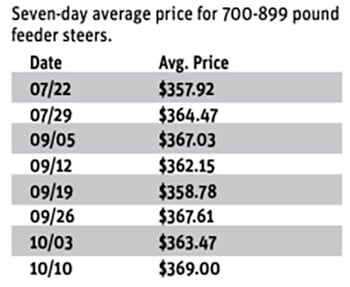
GDP is the total monetary value of all the final goods and services produced by a country over a specific period. It’s very simple — if the economy is thriving, the cattle producer is better off.
U.S. GDP reached 3.8 per cent in the second quarter of 2025. U.S. third quarter GDP is on track to reach 3.9 per cent, but fourth quarter economic output is expected to fall to two per cent.
U.S. first and second quarter GDP for 2026 is forecasted to average 1.5 per cent.
Canada is basically in a recession with limited economic growth expected for the latter half of 2025 and first half of 2026.
In the chart of U.S. spending at restaurants and other eating places, notice that U.S spending made seasonal highs from May through August. September and October are two months of seasonal low demand.
Consumer spending tends to increase again during the holiday period but then dip to annual lows during January and February.
Despite the decrease in fed cattle numbers and lower beef production in the first quarter of 2026, the fed cattle market will not make fresh highs when demand is at seasonal lows.
Feedlot operators know this information. Despite the stronger feeder cattle futures, feedlot operators are not taking the bait because they know the probability of the cash fed market rallying in the first quarter of 2026 is slim.
Beef analysts don’t pay too much attention to retail beef prices because beef is used as a loss leader to attract customers into grocery stores. For example, during Father’s Day, certain U.S. retailers that I keep track of were advertising steaks 50 per cent off.
Restaurants don’t discount the menu, and spending at restaurants is a better representation of beef demand.
The data tells cow-calf producers to sell their feeder cattle now, instead of holding calves over the winter.
Backgrounding operators planning to sell yearlings next spring need to be careful. When finishing feedlot margins move into negative territory, they will lower their bids for replacements.

